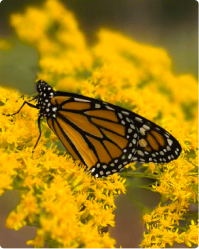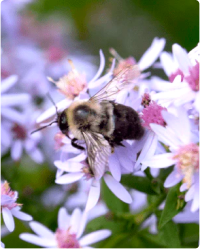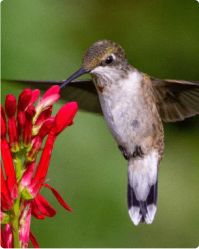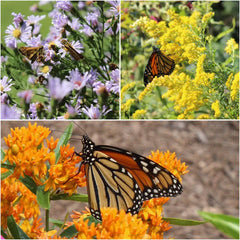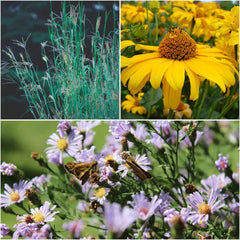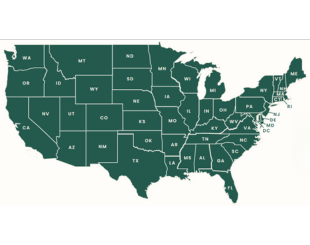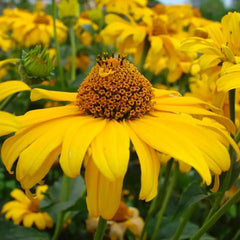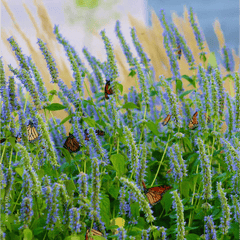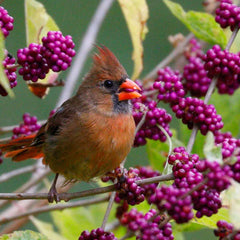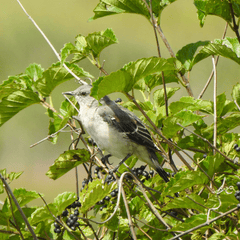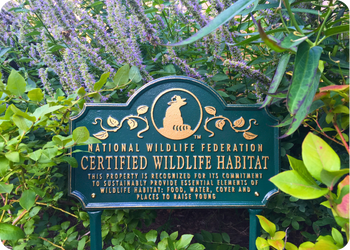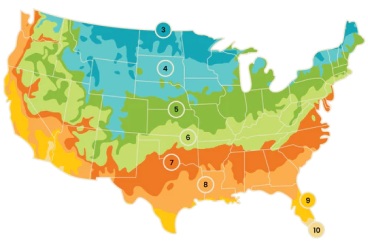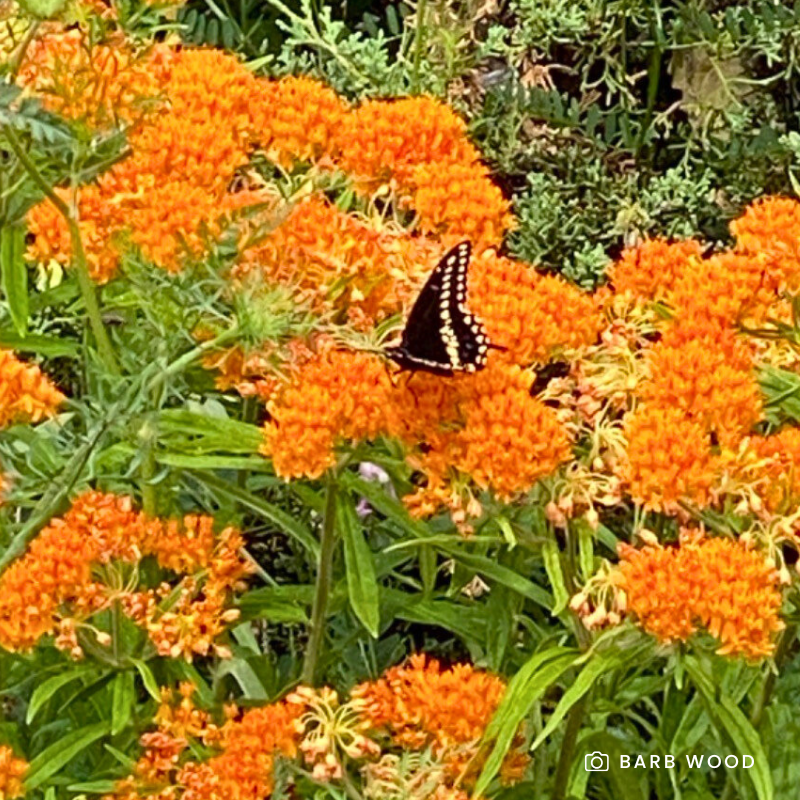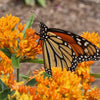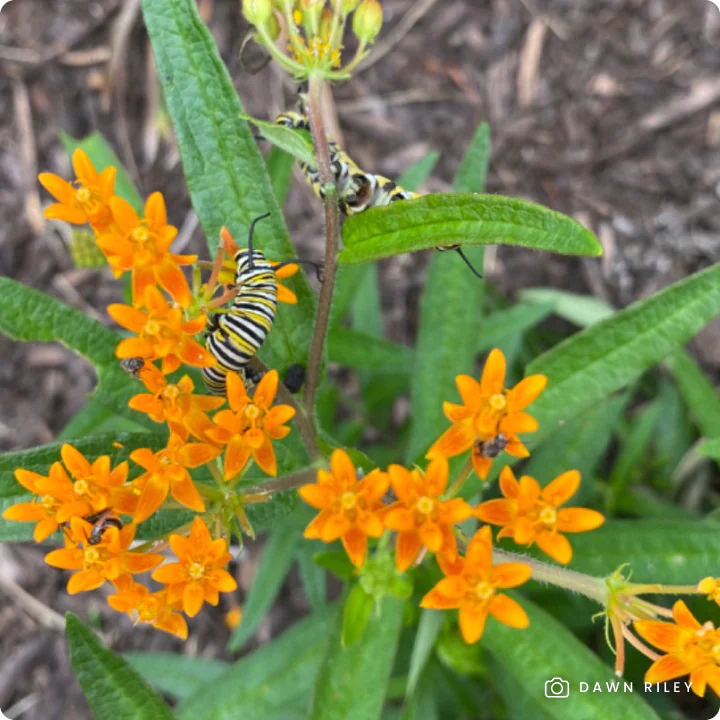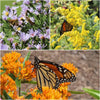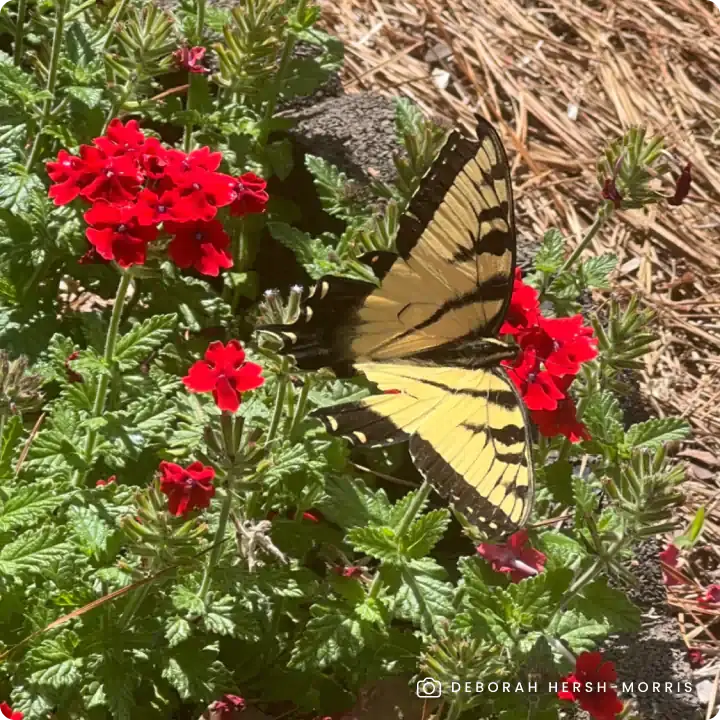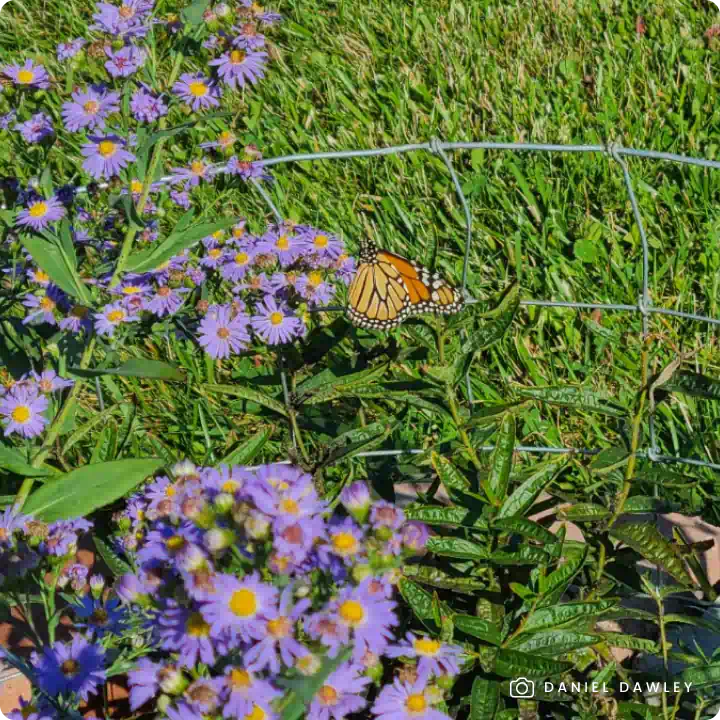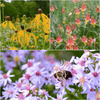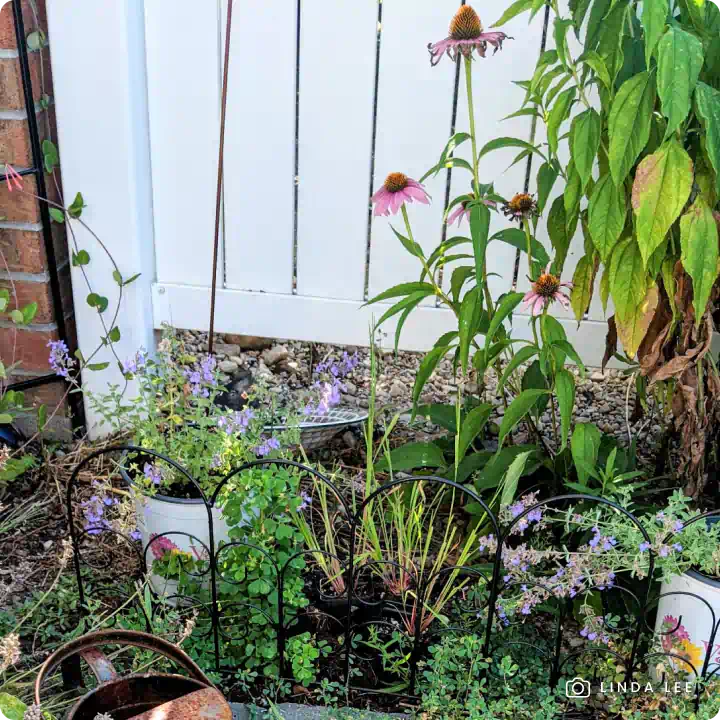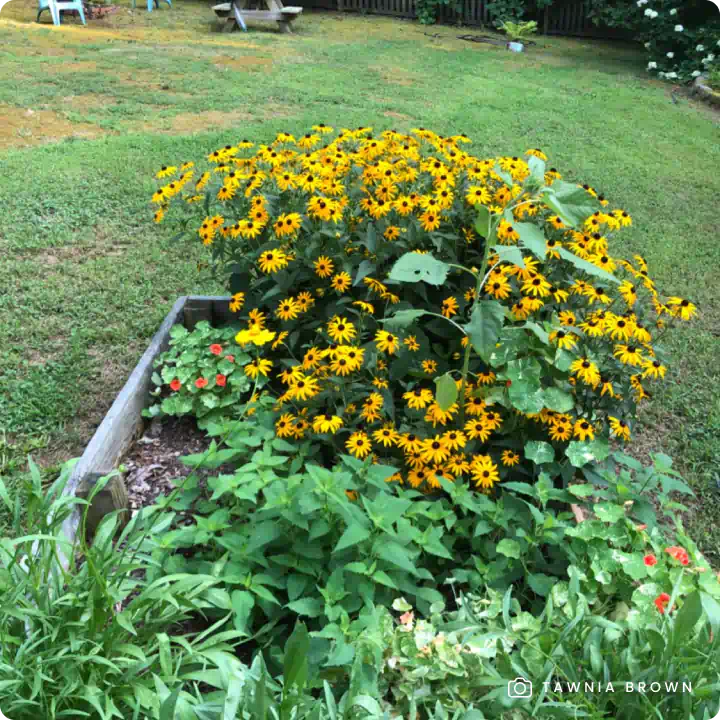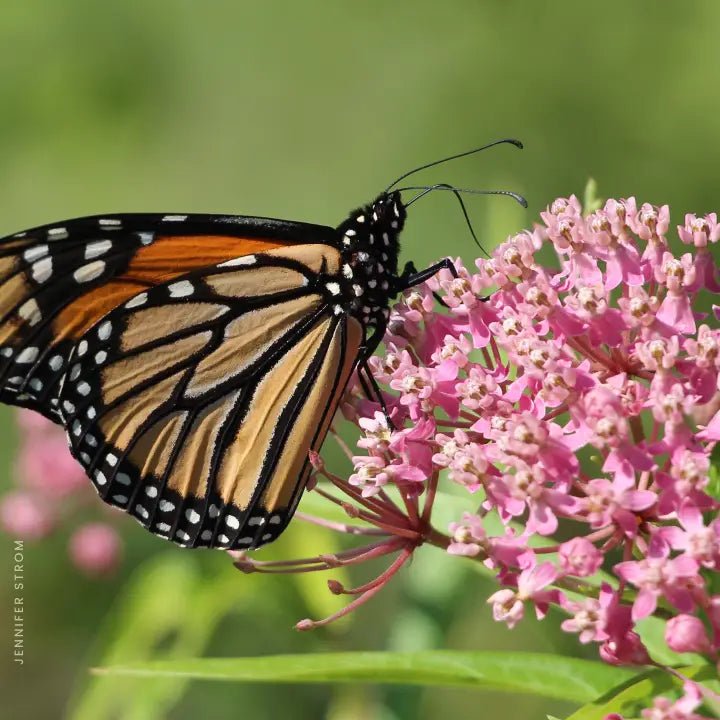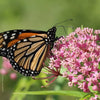2025 Perennial Plant of the Year – a pollinator powerhouse with silvery summer charm
Add texture, fragrance, and nonstop pollinator action to your garden with Clustered Mountainmint (Pycnanthemum muticum)—a lush, clump-forming native perennial known for its minty aroma, long bloom period, and remarkable ability to support bees, butterflies, and beneficial insects. From mid to late summer, dense clusters of pale pink, tubular flowers bloom above aromatic, dark green leaves and are framed by distinctive silver bracts that create the illusion of a dusting of frost.
Native to the eastern U.S., this plant thrives in moist, well-drained soil in full sun to part shade and offers a more restrained growth habit than many true mints. Its leaves release a pleasant spearmint scent when crushed and may be used to make herbal teas. Once established, it spreads gently by rhizomes—perfect for massing in meadows, borders, or pollinator-friendly gardens.
Why You’ll Love Clustered Mountainmint:
- Stunning Silver Bracts: Silvery leaf-like bracts surround summer blooms, creating a frosted look
- Pollinator Powerhouse: Attracts native bees, butterflies, wasps, and other beneficial insects
- Fragrant Foliage: Spearmint-scented leaves can be used for tea or crushed for aromatherapy
- Long Bloom Period: Blooms from July through September, providing reliable summer nectar
- Low Maintenance & Resilient: Deer- and rabbit-resistant, with no serious pest or disease issues
- Pollinator-Safe: Grown non-GMO and free of harmful neonicotinoids, promoting a healthy ecosystem for pollinators and wildlife.
Available in sets of three, six, or 12 plants to suit any garden size.
Planting Tips:
- Location: Full sun to part shade (best bloom in full sun) in fertile, medium to moist, well-drained soil
- Watering: Water regularly to establish; tolerates brief dry spells once mature
- Maintenance: Minimal care required. There's no need to deadhead the flowers, as allowing them to go to seed provides a valuable food source for birds. Leaving the stems standing in the fall offers overwintering sites for beneficial insects. If desired, cut back the stems in late spring after pollinators have emerged.
For more information on planting, view our How to Plant Your Native Plants guide and other planting tips in the Garden for Wildlife Learning Center.
Create a pollinator haven with the soft shimmer, aroma, and ecological value of Clustered Mountainmint—an easy-to-grow native that brings beauty, resilience, and biodiversity to your garden all season long.
